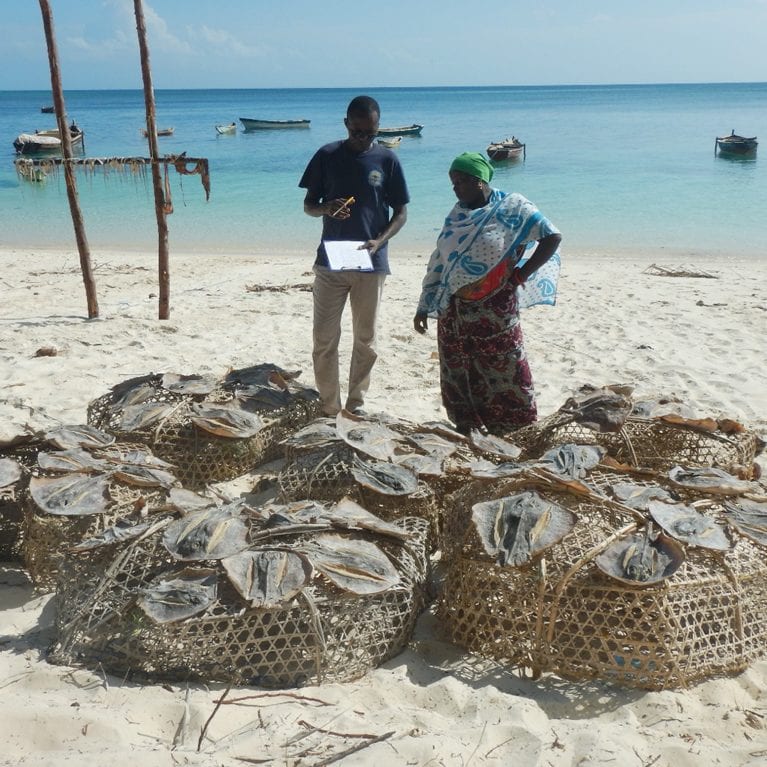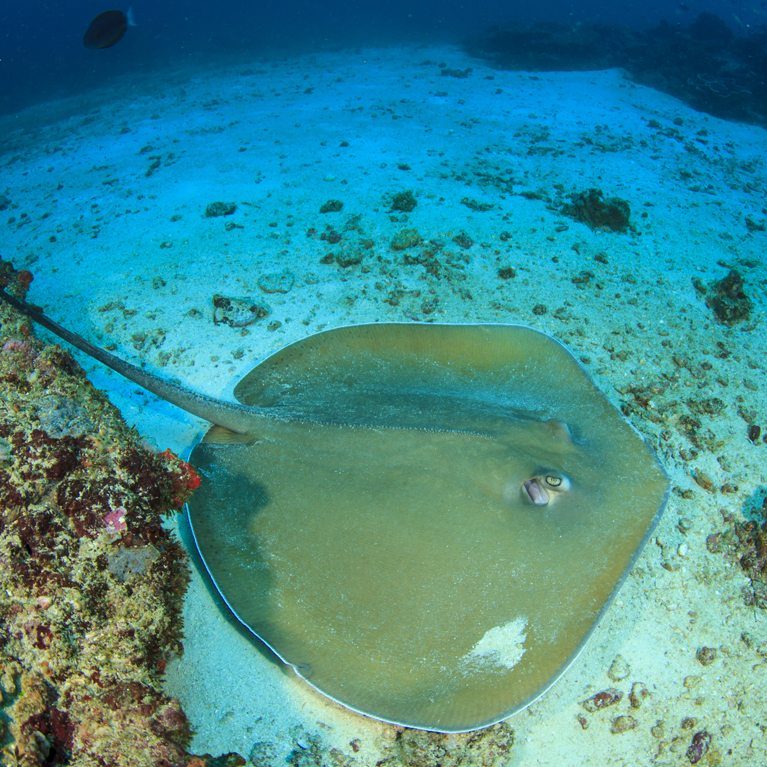Fishers of Mafia Island
Mafia Island off the coast of Tanzania is a marine paradise, but an increasing human population is putting the creatures of the sea under pressure. Dried ray meat forms part of the local diet and Patroba will investigate the fishery’s impact on local livelihoods and environmental sustainability.
My interest in aquatic science started early, as I grew up fishing in Lake Victoria in Tanzania along with other young children of my age. Even before I started school, I became aware of various different fish species. This made me eager to learn more about the biology of fishes and their environments, as well as ecological systems in general. After graduating from secondary school, I was persuaded to pursue studies in fisheries for my Bachelor and Master’s degrees. I wanted to learn about the creatures of the sea, most of which differ from freshwater species. Immediately after my studies,...


Artisanal fishery of Rays fish in relation to local livelihoods - in Mafia District, Tanzania
The general objective is to study artisanal fishery of Rays in relation to livelihoods in Mafia District, Tanzania.
This project has been identified following decline in rays catch landings in Mafia Island compared to other fish landing sites along the marine coastal Tanzania. The annual Catch Assessment Survey reports (2007 – 2015) don’t clearly state rays species specific information, but just reported catch landings in general. Obtaining reliable fisheries statistics on the artisanal of Tanzania is the serious problem. However, the increase in fishing pressure due to increase in number of local and migrant artisanal fishers from other neighbouring places like Kilwa, Dar es Salaam and Zanzibar and illegal fishing practices are the major conservation challenges towards sustainable use of fisheries resources in Mafia Island. Therefore, an urgent investigation is required to understand the current situation of the ray fish population and suggest legal binding operational fisheries management and species – specific data reporting to avoid further declines of ray fishes and ensure fisheries sustainability and food security.
Rays (Chondrichthyes) belongs to the group of fishes that have a skeleton made of cartilage instead of bones. Eagle and Sting rays are of interest to fisheries and commonly inhabit coral reefs, sandy and sediments along the shallow coastal waters of Tanzania (Bianchi, 1986). These habitats must be conserved in order to sustain the growth, reproduction and survival of Chondrichthyes. The loss and degradation of habitats can potentially change rays’ abundance and distribution. Rays and other Chondrichthyes fishes are not well adapted to withstand rapid habitat changes (Stevens et al., 2005). Although supervisory and scientific attention is always committed to sharks, rays fish can also be extremely vulnerable to fishing pressure (Stevens et al., 2000; Dulvy and Reynolds, 2002; Frisk et al., 2002). The economy of Mafia depends much on fisheries due to the limitations in other livelihood activities, for instance, agriculture is limited by poor soil and low capital investments; and the isolated geographical locations of Mafia hinder the development of business oriented enterprises. A recent population growth of Mafia (Census, 2012), together with increase in number of migrant artisanal fishers may have increased the demand for fisheries resources. The current situation (personal observation) shows that, the demands of immature ray fishes is high and attract poor resourced Mafia coastal communities who traditionally sun-dry rays for future consumption. This situation may encourage and increase fishing efforts to target rays species, hence, rise fears that ray stocks is subjected to overfishing basing on reductions in annual catch landings reported by the Department of Fisheries (2007 -2015). Therefore, this project is strongly proposed in order to professionally publicize the current population of ray fish in Mafia; it will document or provide strong scientific information relevant to management, social economic information to increase awareness and propose the conservation strategies for ray fishes.
- To study artisanal fishery characteristics of rays (batoids) in Mafia District: What is the status of rays fishery in terms of catches (such as CPUE) and sex ration in Mafia Island? What is the attitude of local people to the conservation of rays?
- To assess reproductive and maturity parameters necessary to formulate effective management
- To investigate the relation of artisanal fisheries of rays to the livelihoods of local people in Mafia District: What is the participation of different social groups (in terms of gender, age and ethnicity) in rays’ fishery in Mafia Island? What is the influence of market and norms?

